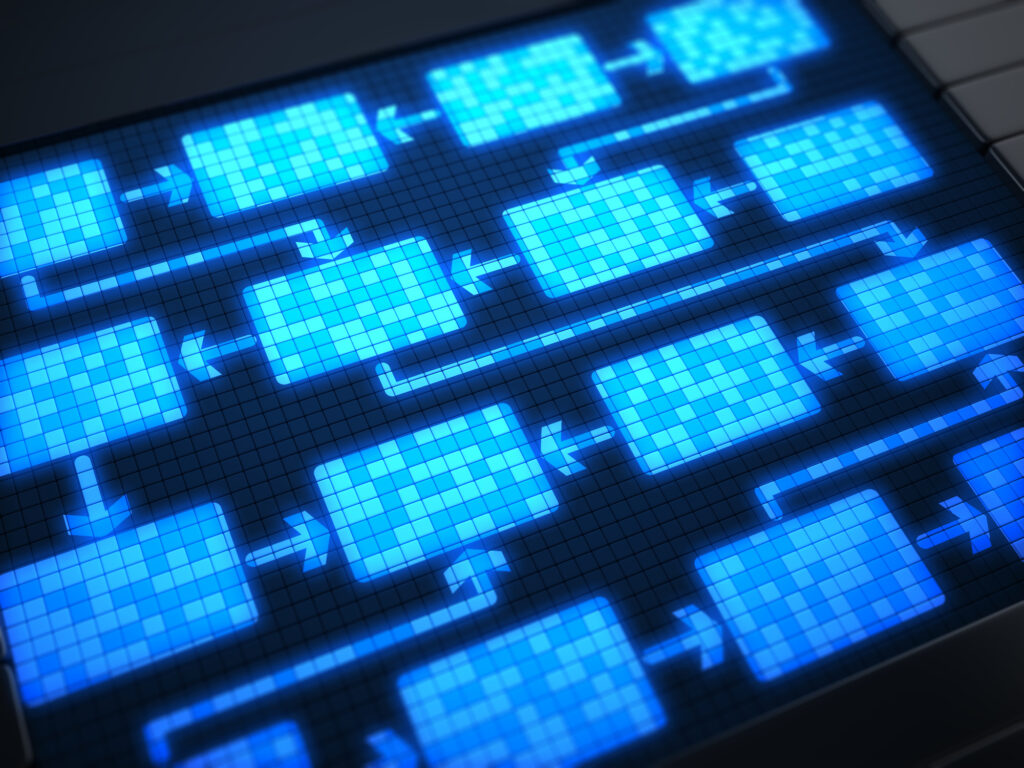The theme of Cybersecurity Awareness Month this year is “Secure Our World.” Thinking a bit more about this, I felt it was the perfect opportunity to take a brief look at some often underemphasized – yet critical strategies in cybersecurity, including cybersecurity culture, micro-segmentation, and change automation. In the below post I’ll touch upon each and describe why I believe this October is as good a time as any to give them the attention they deserve.
The Importance of Strong Cybersecurity Culture
At the heart of any robust cybersecurity strategy lies security policy. Whether it’s protecting a global corporation or an individual’s personal data, well-crafted security policies form the backbone of all defense measures. These policies do more than just outline rules, however, they are the anchor – rather the northern light – that should guide the security and IT teams in every decision they make.
By following a solid security policy, organizations can build a culture of security that becomes second nature. For example, educating stakeholders (and all employees, actually) on the importance of password hygiene, regular system updates, and recognizing phishing attempts are foundational steps. For the average employee, understanding that cybersecurity isn’t just an IT problem – but a shared responsibility – can be empowering. Because it is such an important element in an organization’s cybersecurity culture, adding controls that allow you to detect or identify misalignments into these guidelines is crucial. Security policies, when enforced consistently, can become proactive measures that make security everyone’s responsibility.
The Power of Micro-Segmentation
Micro-segmentation is a vital strategy in modern cybersecurity, especially as network environments grow more complex. A core component of a zero trust architecture, micro-segmentation works by dividing a network into smaller, isolated zones, where access to data and resources is restricted based on necessity. This approach ensures that even if a breach occurs, attackers are contained within a limited part of the network, minimizing damage.
What makes micro-segmentation stand out is its role in preventing lateral movement, which is a tactic often used by cybercriminals once they gain access to a network. By limiting their ability to move freely from one segment to another, organizations can significantly reduce the risk of large-scale breaches. This containment strategy is becoming more essential as cyber threats continue to evolve.
However, implementing micro-segmentation is not without its challenges. It requires a careful balance between granular control and usability. While fine-tuned segmentation enhances security, overcomplicating access rules can hinder productivity or frustrate users. Organizations need to strike the right balance to ensure that security measures are effective without compromising the user experience.
Change Automation: Adapting to an Ever-Evolving Threat Landscape
Technological disruption is constant, meaning that keeping up with the ever-changing landscape of cybersecurity threats can be overwhelming. This is where change automation comes in as a game-changer. Automation in cybersecurity processes is no longer a luxury; it’s a necessity. It empowers organizations to adapt swiftly to new threats, maintain compliance, and streamline security measures.
Automating routine security tasks, such as patch management, monitoring, and threat detection, frees up time for security professionals to focus on more complex issues. Moreover, automation ensures that no stone is left unturned when responding to a security incident, reducing human error and making security systems more resilient.
The beauty of change automation is its ability to scale. As organizations grow, their networks and security needs become more complex and diverse (in technologies), and automation allows them to adapt without having to constantly revise their entire security framework. It’s a solution that evolves in tandem with emerging threats, ensuring that businesses remain protected without falling behind the curve.
Put simply, automation is about future-proofing your organization’s security strategy in an enterprise environment where threats are dynamic and continuous.
Securing Your World
When these awareness days or months come around, I believe it’s important to bring attention to the strategies that can truly make a real difference. This October, let’s make it a point to explore how these strategies can improve an organization, helping all employees understand how they can be a part of securing their world – one policy, one segment, and one automated process at a time.
Ready to Learn More
Get a Demo





